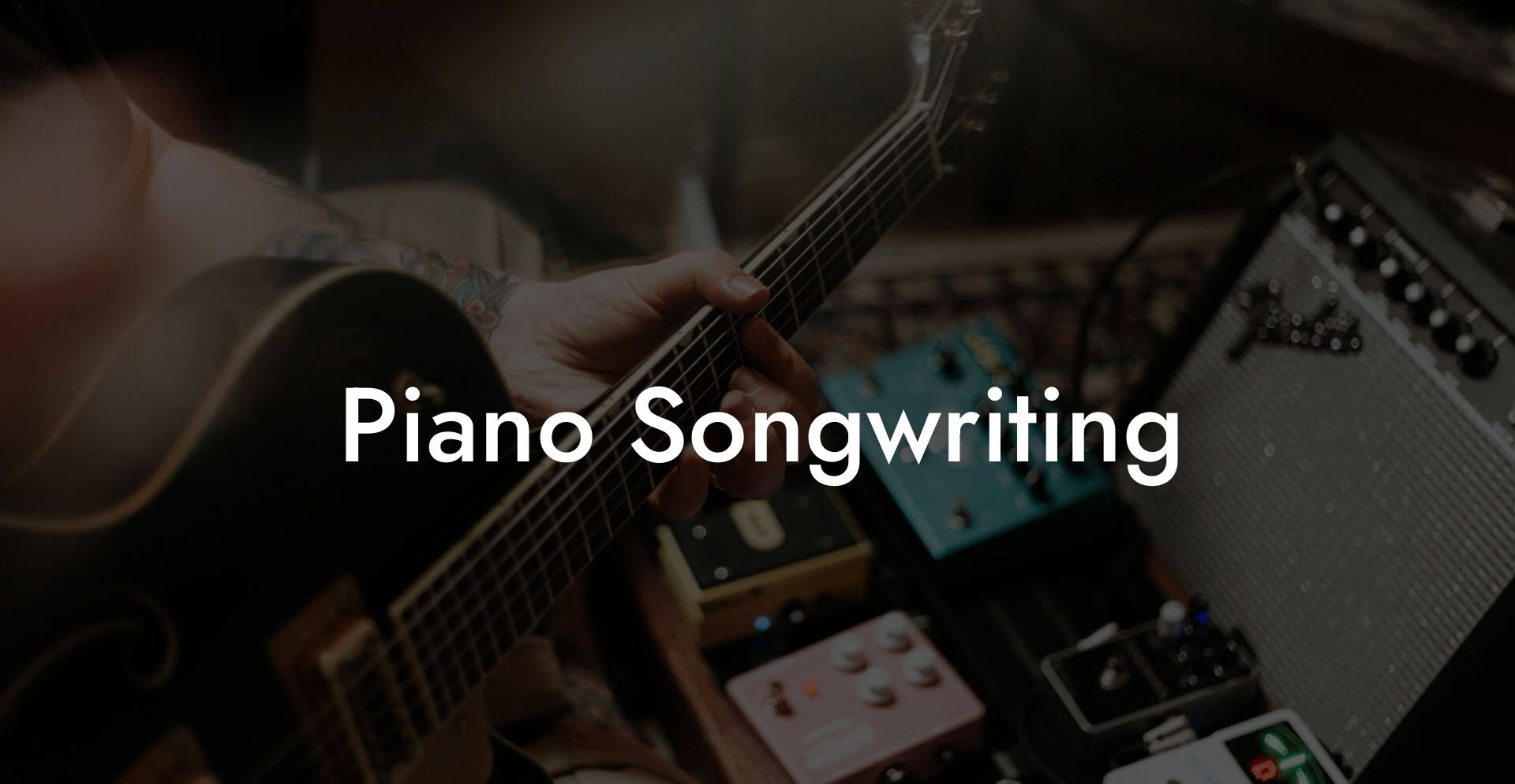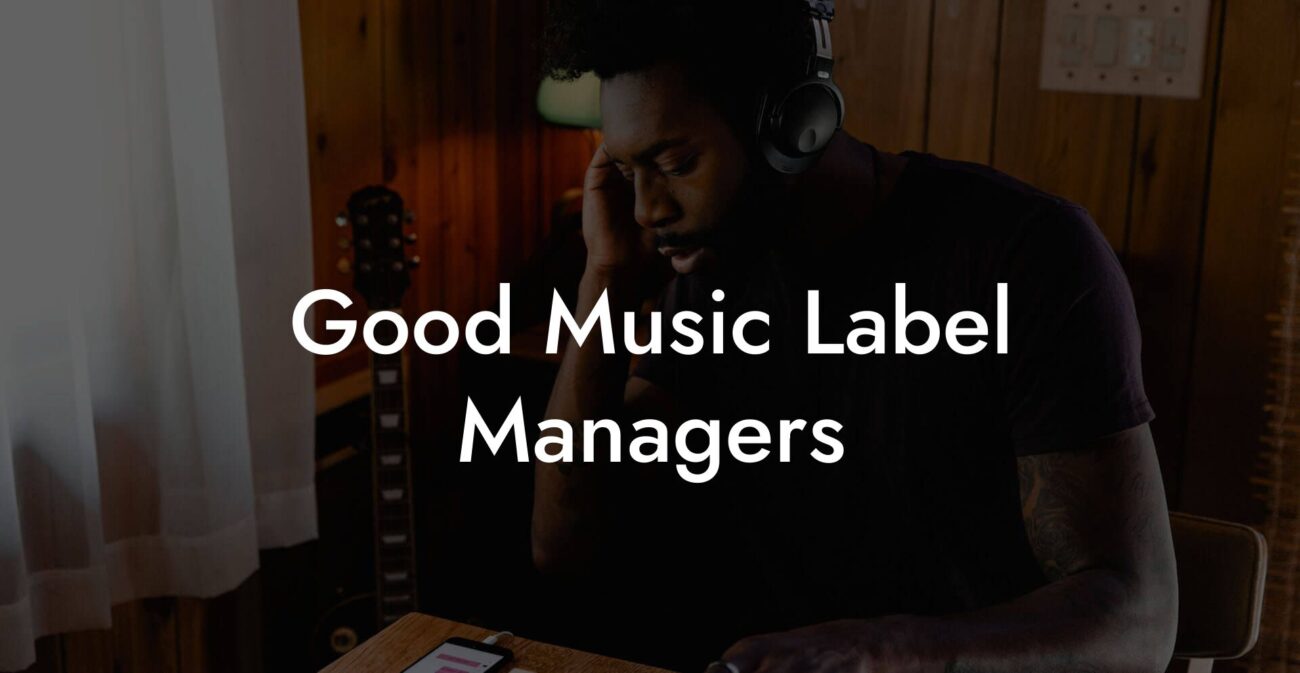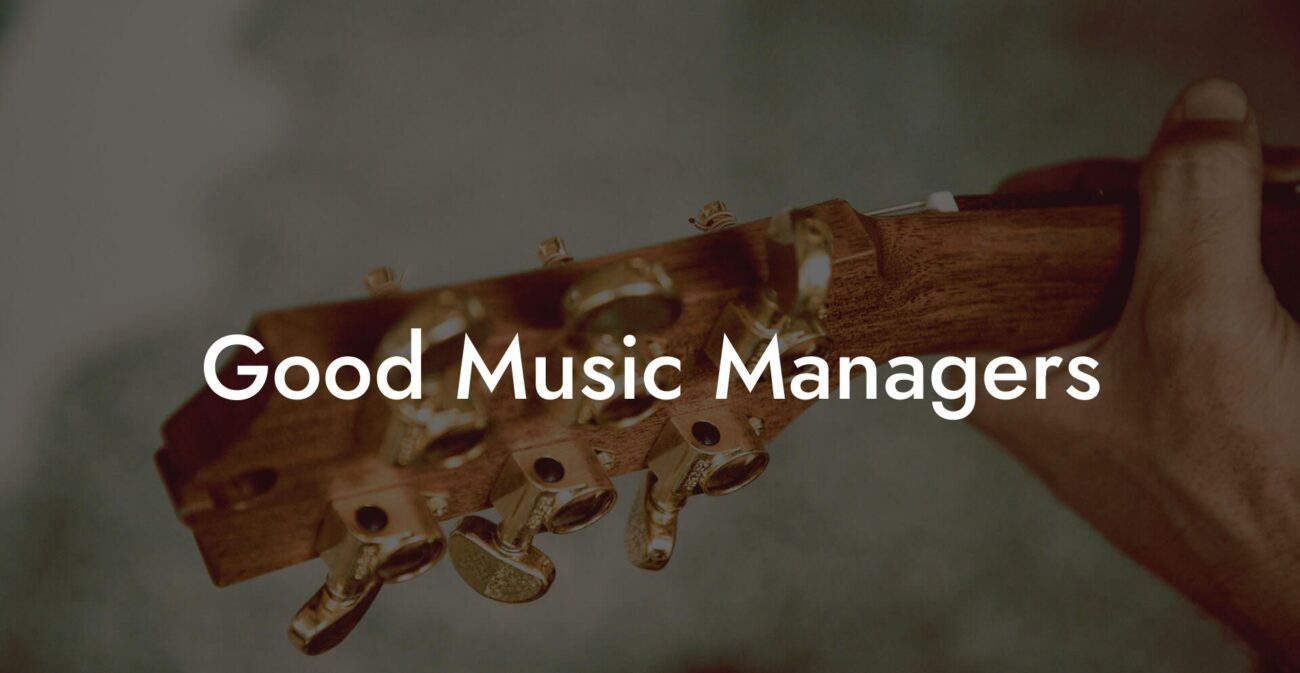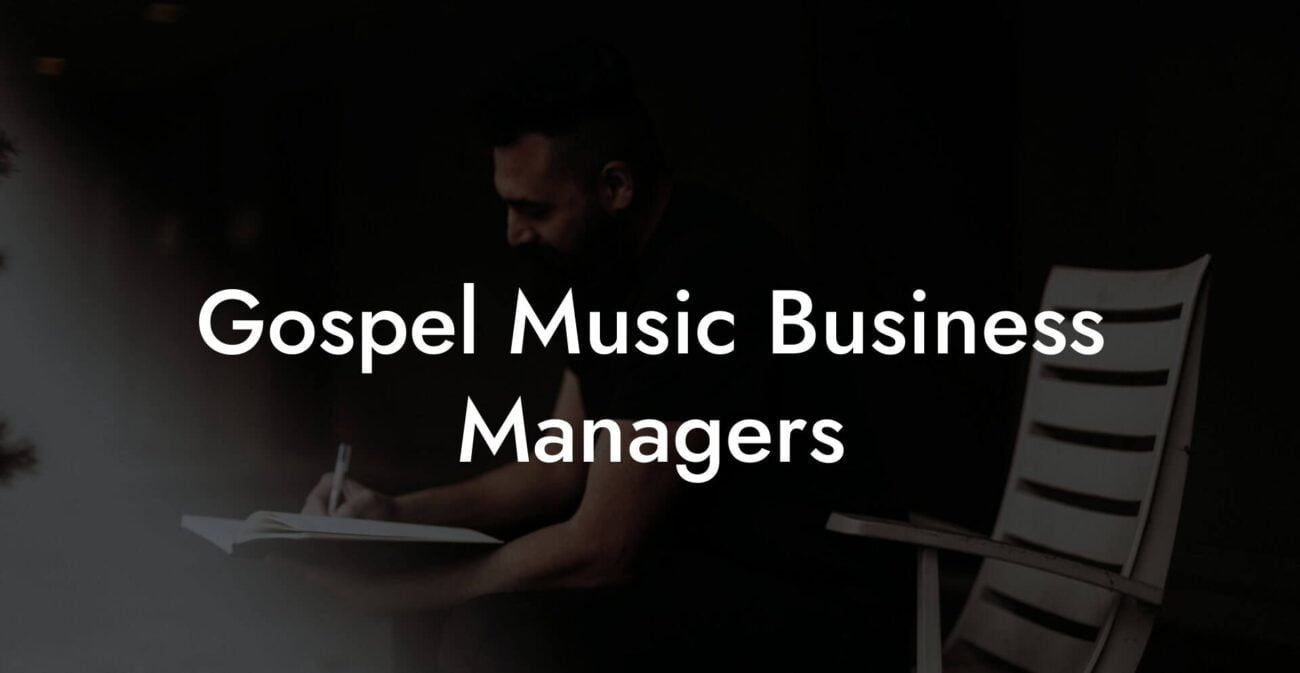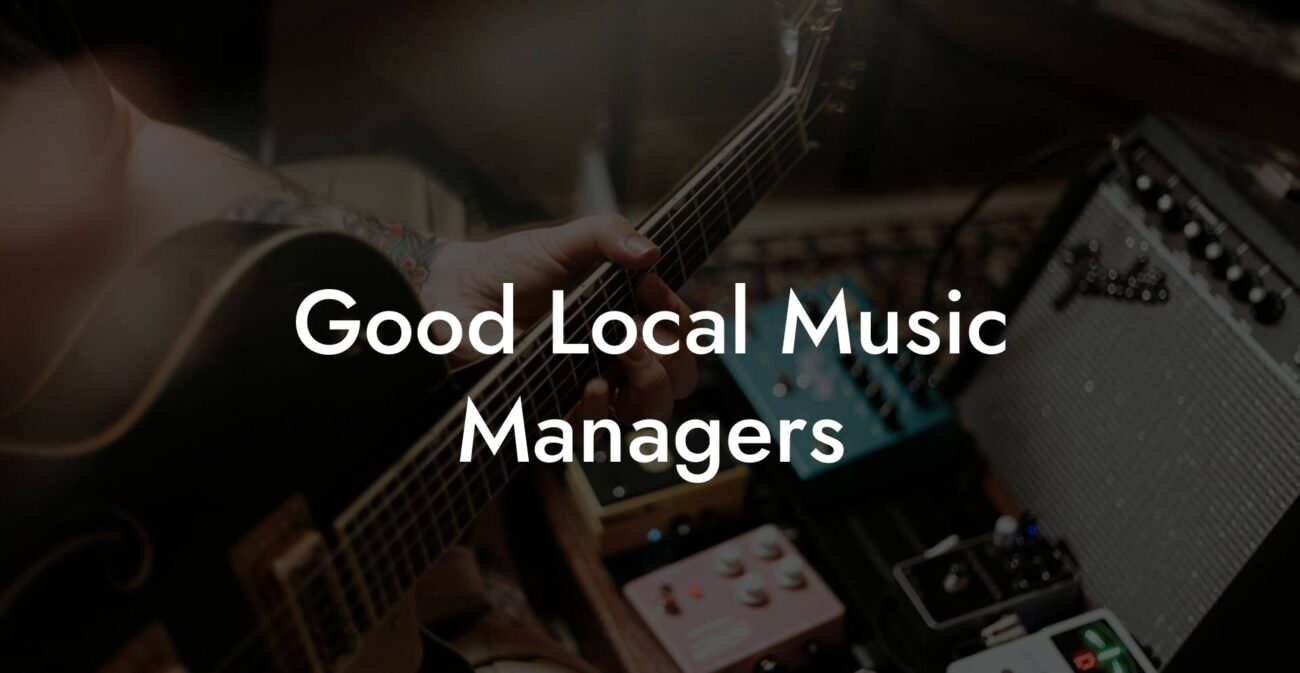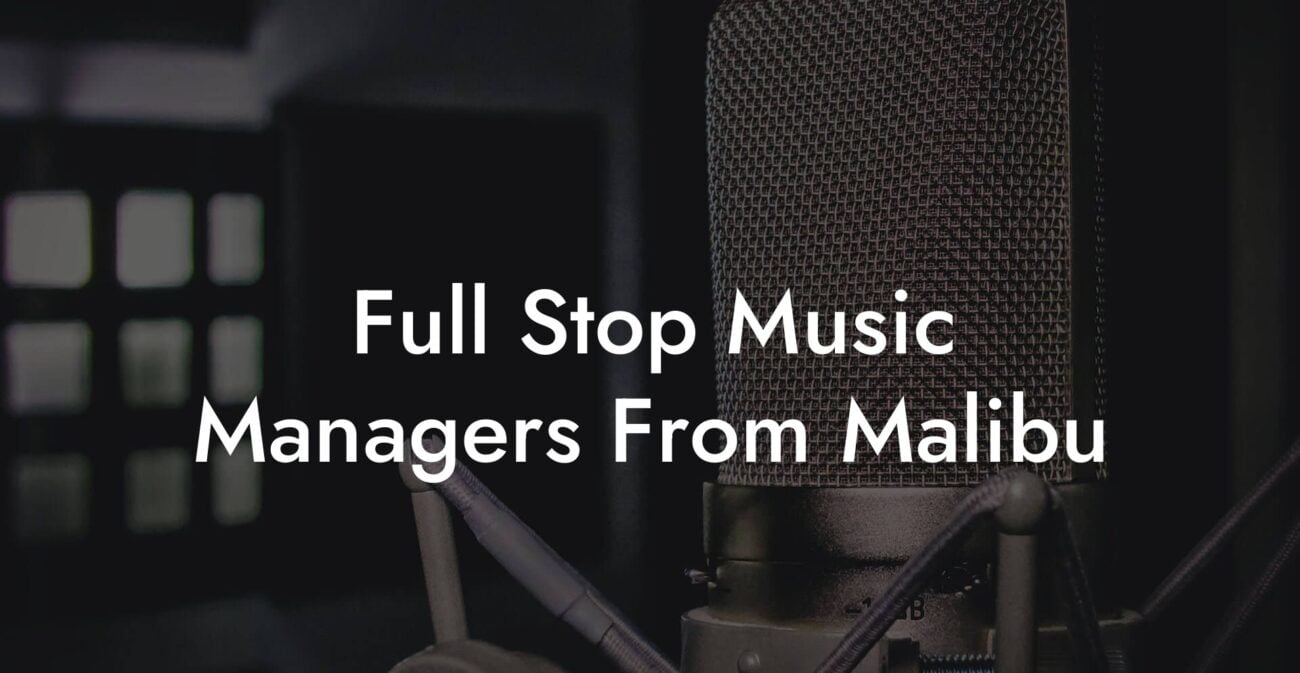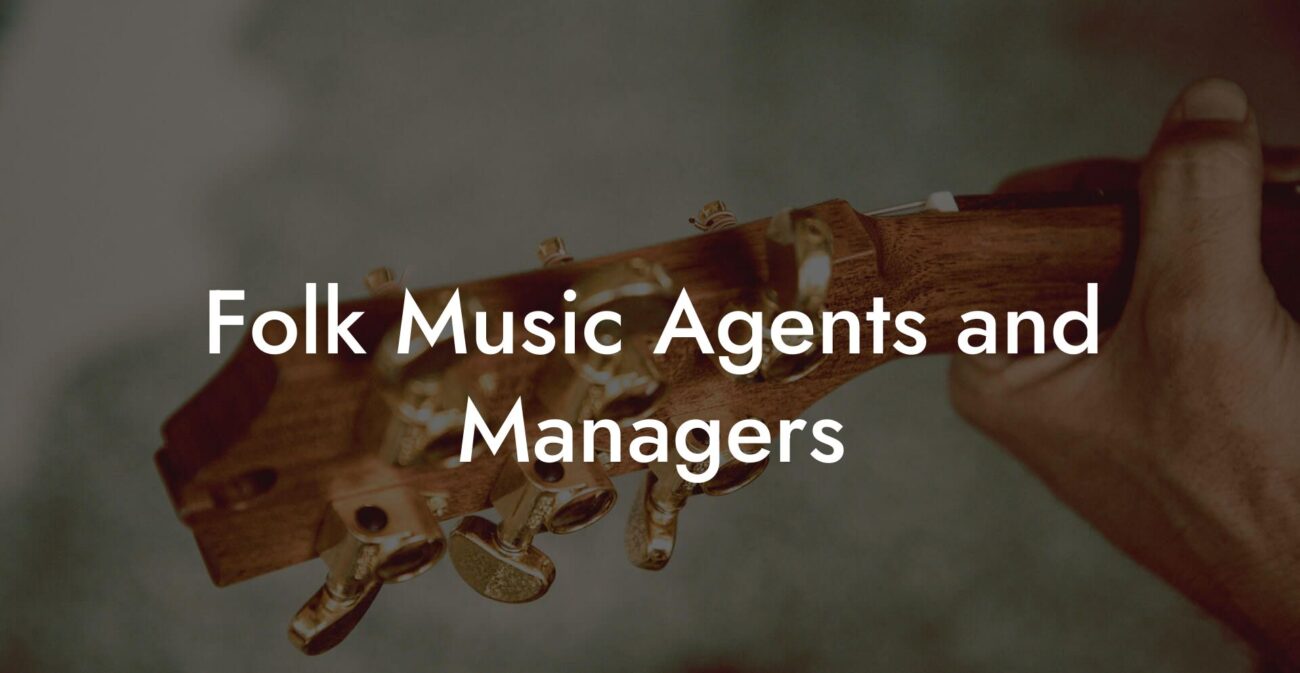Welcome to the vibrant world of piano songwriting—a playground where creativity meets melody, and where every key you press can unlock a story that’s uniquely yours. Whether you’re jamming out on a vintage upright or flexing on a chic digital keyboard, this guide is your backstage pass to mastering the art of turning your piano skills into unforgettable songs. Get ready to dive deep into techniques, share laughs, and discover the secrets behind writing tunes that resonate with millennial and Gen Z vibes.
Looking to write your next song? Transform your creative ideas into songs that people will love, and skyrocket your music career with Lyric Assistant. The perfect songwriting assistant. Find out more →
Quick Links to Useful Sections
- Understanding the Magic of Piano Songwriting
- Why the Piano is the Ultimate Songwriting Companion
- Key Components of Successful Piano Songwriting
- The Art of Creativity: From Inspiration to Composition
- Capture the Moment
- Set the Mood
- Experiment with Chord Progressions
- Layer with Melody
- Essential Techniques for Piano Songwriting
- Improvisation
- Layering and Arrangement
- Playing in Different Keys
- Rhythmic Variations
- Harnessing Technology in Modern Piano Songwriting
- Digital Pianos and Keyboards
- Songwriting Software
- Mobile Apps and Lyric Assistants
- Expressing Emotions: The Soul of Piano Songwriting
- Integrating Lyrics with Melody: A Synergistic Dance
- Resources and Community Support: Your Next Steps
- Personalizing Your Piano Songwriting Approach
- Mastering Performance and Production
- Embracing Continuous Learning and Experimentation
- Piano Songwriting FAQs: Your Questions Answered
- Your Journey to Unforgettable Piano Songs
Understanding the Magic of Piano Songwriting
Piano songwriting is more than just slapping a few chords together; it’s the process of creating a musical narrative that not only highlights your talent but also tells your personal story. In a world where playlists are endless and attention spans are short, your ability to craft compelling, original melodies is a superpower.
At its core, piano songwriting involves blending the technical aspects of piano playing with the art of storytelling. It’s about finding harmony between intricate finger work and the raw emotion that fuels your lyrics. And speaking of lyrics, if you ever hit a creative block, platforms like Lyric Assistant can help you effortlessly write lyrics that capture the heart of your melody.
Think of your piano as both a musical instrument and a creative companion. It’s here to help you channel your feelings, express your individuality, and ultimately, connect with an audience that’s hungry for authenticity and innovation.
Why the Piano is the Ultimate Songwriting Companion
The piano has an unrivaled reputation on the songwriting stage, and for good reason. It’s versatile, expressive, and provides a visual layout of musical theory that makes understanding chords and scales as intuitive as reading a map.
Write Lyrics Like a Professional Songwriter
The ultimate songwriting tool that takes your creative vision to the next level! With just a few clicks, you can unleash your inner songwriter and craft a hit that's uniquely yours. Your song. You own it.
Whether you’re into ballads, upbeat anthems, or experimental soundscapes, the piano allows you to effortlessly switch between genres and moods. Its expansive range—from deep, resonant bass notes to sparkling high melodies—ensures that you have a full spectrum of sound at your fingertips.
And let’s not forget its role in songwriting history. From classical compositions by Mozart and Beethoven to the modern pop masterpieces of artists like Alicia Keys and Elton John, the piano has been a constant source of inspiration for generations. It’s more than an instrument; it’s a collaborator in your creative journey.
Key Components of Successful Piano Songwriting
If you’re ready to unlock your inner musician, understanding the fundamental elements of piano songwriting is your first step. Here are the key components that can transform a simple melody into a chart-topping hit:
- Harmony and Chord Progressions: The magic happens when you combine chords in ways that evoke emotions. From the melancholic sadness of a minor chord to the uplifting energy of a major chord, playing with harmony helps set the mood and tone of the song.
- Melodic Structure: The melody is the soul of your song. It’s what listeners will hum or whistle long after the music stops. Crafting a memorable melody involves experimenting with rhythm, pitch, and repetition.
- Lyrical Integration: Lyrics bring life to a melody. Whether you’re penning a heartfelt ballad or a quirky pop song, your words need to complement your music. With tools like Lyric Assistant, you can overcome writer’s block and generate lyrics that perfectly capture your musical mood.
- Rhythm and Tempo: Rhythm gives your song its pulse. By varying tempos and using syncopation, you can add layers of complexity that keep your audience engaged and emotionally connected.
- Dynamic Control: Dynamics involve variations in loudness and intensity. These fluctuations are essential in creating peaks and valleys in the musical journey—making your song feel alive and unpredictable.
Mastering these elements is less about memorizing rules and more about experimenting and finding what resonates with your style and message. After all, some of the most iconic songs started with a simple, experimental chord progression that dared to break tradition.
The Art of Creativity: From Inspiration to Composition
Every great song begins with a spark—a moment of inspiration that sets your creative juices flowing. But turning that spark into a full-blown musical composition is where the real magic happens. Here’s how to bridge that gap:
Capture the Moment
Inspiration can strike anywhere, from a late-night jam session to a random conversation at a coffee shop. Always be ready to capture that moment—carry a notebook, use your phone’s voice memo, or even sketch out some quick ideas on your piano. These little snippets can evolve into masterpieces.
Set the Mood
Before you start playing, it’s important to get into the right headspace. Create an environment that’s free of distractions, crank up your favorite mood-setting tracks, and let the energy flow. For many songwriters, this preliminary ritual is essential for unlocking creativity.
Experiment with Chord Progressions
One of the most fun parts of piano songwriting is experimenting with chord progressions. Try out different combinations, play around with inversions, and see what resonates. You might stumble upon a progression that perfectly mirrors your emotions—whether it’s the bittersweet unpredictability of a suspended chord or the soulful resonance of a seventh.
Layer with Melody
With your chords in place, it’s time to craft the melody. Hum a tune, let your fingers dance over the keys, and find a melody that slides smoothly over your chord progression. Sometimes, it might take several attempts to nail that perfect melody, but each trial is a stepping stone to your masterpiece.
The key is to embrace the experimental process. Don’t be afraid to make mistakes, and remember that every misstep is just a part of your journey toward creating something truly original.
Essential Techniques for Piano Songwriting
As you continue your piano songwriting journey, incorporating a range of techniques can take your compositions from good to great. Here are some essential techniques every modern musician should know:
Improvisation
Improvisation is the process of creating music spontaneously without a predetermined plan. This technique is especially useful for discovering new melodies and chord progressions. Set a timer for 10–15 minutes, let go of your inhibitions, and allow your fingers to wander freely over the keys. The unexpected combinations and transitions might just lead you to the next big hit.
Layering and Arrangement
Once you have a solid melody and chord progression, consider the dynamics of your arrangement. Think about how different sections of your song transition from one to another. Layer additional musical elements such as a bassline, subtle percussions, or even a secondary melody using background instruments. This layering can create a richer, more immersive listening experience.
Playing in Different Keys
Experiment with transposition by playing your song in different keys. This not only helps you find the most comfortable range for your vocal performance but can also reveal unexpected harmonic qualities. In some cases, a slight key change might transform a mundane tune into a vibrant musical statement.
Rhythmic Variations
Don’t be afraid to break free from classic time signatures. Incorporating syncopation, irregular rhythms, or off-beat accents can infuse your song with energy and surprise, keeping your listeners on their toes. Every now and then, challenge yourself to write in 3/4 time, 6/8 time, or even experiment with mixed meters to create an unpredictable and exciting rhythmic landscape.
The more you experiment with these techniques, the more you’ll develop your own signature style—one that might just become the next viral sensation on every music streaming platform.
Harnessing Technology in Modern Piano Songwriting
We live in an era where technology isn’t just a tool—it’s a creative partner in the artistry of songwriting. From digital pianos to innovative songwriting apps, tech has revolutionized the way we create and share music.
Digital Pianos and Keyboards
Digital pianos offer the versatility of multiple sounds and built-in recording capabilities. This means you can experiment with a variety of instrumental textures without having to switch gear. Whether you’re after that classic grand piano sound or a funky electric vibe, digital keyboards give you limitless sonic possibilities.
Songwriting Software
Programs like Ableton Live, Logic Pro, and GarageBand have become indispensable for modern musicians. They allow you to record, edit, and arrange your compositions with ease. Layer your piano tracks, experiment with virtual instruments, and add that extra bit of polish to transform a rough demo into a radio-ready hit.
Mobile Apps and Lyric Assistants
In today’s fast-paced world, inspiration often strikes on the go. Mobile apps dedicated to songwriting can capture your genius whenever it appears. And if you need a little help with your lyrics, consider leveraging platforms like Lyric Assistant. This handy tool is designed to help songwriters overcome writer’s block, effortlessly crafting lyrics that complement your melodic ideas.
With technology at your fingertips, you can seamlessly blend traditional musicianship with modern production techniques, creating a sound that is as fresh as it is timeless.
Expressing Emotions: The Soul of Piano Songwriting
Great songs resonate because they tap into our shared human emotions. Whether it’s joy, heartbreak, anger, or triumph, the best piano compositions tell stories that mirror our inner experiences. Your piano playing should be an extension of who you are—a canvas for exploring complexities and contradictions.
Experiment with dynamics to express subtle shifts in mood. Start a song with a gentle, introspective melody and gradually build intensity as your emotions evolve. Use softer passages to evoke tenderness and louder, more vigorous sections to channel passion and energy. Remember, authenticity is key—the more genuine your musical expressions, the more your audience will connect with your work.
Here, your creativity is the emotional glue that binds notes into a narrative. Don’t be afraid to revisit personal experiences, turning moments of vulnerability into soulful harmonies. The result? Songs that linger in the listener’s mind and hearts.
Integrating Lyrics with Melody: A Synergistic Dance
While the piano lays the musical groundwork, lyrics give your song its voice. Crafting lyrics that weave seamlessly with your melody is both an art and a science. It’s a creative dance where every word should feel like it was written just for that moment.
Start by brainstorming themes that resonate with you—love, loss, adventure, self-discovery, or even humorous, offbeat stories that mirror your quirky side. Once you’ve settled on a theme, let the mood of your piano piece guide the tone and style of your lyrics.
Many songwriters find success by writing lyrics in parallel with their musical ideas. Sometimes a melody will inspire a phrase, or a catchy riff might suggest a hook. When you hit a stumbling block with words, remember that creative resources like Lyric Assistant can help you generate lyrics that feel organic and perfectly tailored to your tune.
The magic happens when your lyrics and melody are in harmony—each line reinforcing the mood set by the other, creating an immersive experience for your audience. Keep your language authentic, free of clichés, and true to your own voice, and your songwriting will shine.
Resources and Community Support: Your Next Steps
Embarking on your piano songwriting journey is exciting, but remember, you’re not alone. The modern musician thrives within a supportive community and a wealth of resources designed to fuel creativity and technical growth.
Start by exploring online forums, social media groups, and local meetups where fellow songwriters share tips, collaborate on projects, and provide honest feedback. Platforms like YouTube host countless tutorials on everything from advanced piano techniques to creative songwriting hacks. Dive into podcasts and blogs that feature interviews with seasoned musicians who share their secrets to success.
Consider investing in courses that focus specifically on piano songwriting. Whether you’re looking for an online masterclass or hands-on workshops in your area, these educational experiences can dramatically improve your technical skills and broaden your creative horizons.
And if you ever find yourself facing creative hurdles, remember that innovation often happens at the intersection of collaboration and experimentation. Don’t hesitate to use tools like Lyric Assistant to overcome writer’s block and spark new ideas. By combining technology, community support, and a never-ending passion for music, you can continuously evolve your craft.
Personalizing Your Piano Songwriting Approach
The hallmark of a remarkable songwriter is the ability to carve out a unique niche in a sea of talent. Personalizing your approach to piano songwriting means developing your own style, sound, and creative process. It’s not about following the latest trends or imitating your musical idols—it’s about embracing what makes you different.
Reflect on your personal influences, the music that moves you, and the experiences that have defined your life. Allow these elements to seep into your compositions, creating a body of work that’s as unique as your fingerprint. Experiment relentlessly, and don’t be afraid to think outside the box. Whether you blend genres, incorporate unconventional rhythms, or mix electronic elements with acoustic piano, your bold choices will set you apart.
Building your signature sound involves trial and error, late-night jams, and plenty of self-reflection. Maintain a journal of your musical experiments and lyrical ideas; over time, patterns and unique hooks will start to emerge. These moments of discovery are vital stepping stones on your journey to becoming a distinctive, innovative songwriter.
As you develop your process, always keep learning. Attend live performances, collaborate with other musicians, and be open to constructive feedback. By remaining curious and adaptable, your piano songwriting skills will continue to flourish, leading to creative breakthroughs that you never imagined possible.
Mastering Performance and Production
Creating a great song in the studio is one thing, but bringing that song to life in a live setting is an entirely different adventure. Mastering the performance aspect of piano songwriting involves not only refining your technical skills but also learning how to present your music compellingly.
When you’re ready to take your music to the stage, consider these performance tips:
- Practice with Purpose: Regular, focused practice enhances both your technical abilities and your confidence. Ensure that each practice session replicates the live environment as much as possible.
- Stage Presence and Storytelling: Engage your audience by sharing the story behind your song. Whether it’s a personal experience or a fictional narrative, a well-told backstory can make your performance more relatable and memorable.
- Sound and Production Quality: Pay attention to the nuances of your sound—whether you’re performing solo or with a band, invest in quality sound equipment and consider working with a producer who understands your artistic vision.
- Recording and Remixing: Modern production techniques allow you to remix your live recordings into studio-quality tracks. Experiment with layering, effects, and mixing to create a definitive version of your song that reflects your true style.
Production isn’t just about high-tech tools; it’s about capturing the raw energy and emotion of your performance, then refining it into a polished final product. Take your time to experiment with different recording techniques and let your creative soul shine through the process.
Embracing Continuous Learning and Experimentation
The journey of piano songwriting is a constant evolution—a never-ending adventure where each new song is a step toward discovering more about yourself as an artist. The landscape of music is dynamic, and what resonates today might evolve over time.
Embrace continuous learning by keeping an open mind to new styles, genres, and technologies. Attend workshops, join online communities, and study the works of both contemporary and classic musicians. Experiment with unconventional chord progressions, integrate surprising musical transitions, and don’t be afraid to take risks.
Remember, every great musician started somewhere. Even the legends experimented, erred, and eventually found their signature sound. The more you push beyond your comfort zone, the more you’ll uncover hidden talents and innovative ideas that shape your unique musical identity.
Your commitment to growth and experimentation will not only enrich your songwriting but also inspire those around you. Share your journey on social media, collaborate with others, and be an active participant in the creative community. Every new project is an opportunity to reinvent yourself and redefine the possibilities of piano songwriting.
Piano Songwriting FAQs: Your Questions Answered
Dive into these frequently asked questions to gain deeper insights into the art of piano songwriting and overcome common hurdles along your creative journey.
1. What is piano songwriting, and why is it unique?
Piano songwriting involves using the piano as both a compositional and expressive tool to create music. Its uniqueness lies in the instrument’s broad range and its ability to translate complex emotions into rich, layered harmonies and melodies.
2. How do I start writing a song on the piano?
Start by capturing your inspiration—experiment with chord progressions, play around with melody lines, and jot down any lyrical ideas that come to mind. Set aside regular time to practice and remember that each session is a learning experience.
3. What techniques are essential for improving my piano songwriting?
Experiment with improvisation, layering, playing in different keys, and incorporating rhythmic variations. These techniques will add depth and originality to your compositions.
4. How can I overcome writer’s block when I’m stuck on lyrics?
Tools like Lyric Assistant are designed to ease the creative process. They can provide inspiration or even generate lyrics that match the mood of your melody, allowing you to break past creative blocks.
5. Is it necessary to have formal training to succeed in piano songwriting?
Not at all. While formal training can sharpen your skills, many successful songwriters are self-taught. What matters most is experimentation, persistence, and finding your unique voice.
6. How do I integrate modern technology into my songwriting?
From digital pianos and recording software to mobile songwriting apps, technology offers endless opportunities. Experiment with these tools to record your ideas, layer sounds, and refine your compositions.
7. Can piano songwriting work for all musical genres?
Absolutely. The versatility of the piano allows it to adapt to a variety of genres—from pop and rock to jazz, classical, and electronic music.
8. How do I ensure my songs connect with a modern audience?
Embrace authenticity, experiment with contemporary musical trends, and stay true to your creative expression. Engaging storytelling and innovative melodies are timeless ingredients that resonate with any audience.
9. What resources are available for further learning in piano songwriting?
Check online tutorials, join songwriting communities, attend workshops, and explore courses that focus on both technical skills and creative development.
Your Journey to Unforgettable Piano Songs
The path to mastering piano songwriting is as exhilarating as it is unpredictable. Every note you play brings you one step closer to uncovering the unique musical narrative that only you can tell. Embrace the process—from those clumsy beginnings where you fumbled through chords to the triumphant moments of creative clarity.
Remember that each song is a snapshot of your life, a testament to your experiences, vulnerabilities, and passions. Whether you’re crafting a mellow, introspective ballad or an upbeat anthem ready to conquer the airwaves, the piano is your trusty confidant, ready to transform your emotions into timeless melodies.
Let your music be a beacon of authenticity in a world overwhelmed by fleeting trends. Keep experimenting, keep learning, and above all, keep playing. Your journey is uniquely yours—full of trial, discovery, and moments that will someday inspire the next generation of musicians.
So go ahead—take that leap and immerse yourself in the art of piano songwriting. Every keystroke is a declaration of your creative spirit, and every melody is a stepping stone toward the legacy only you can create. Your musical journey awaits, and it’s time to make some noise!
Write Lyrics Like a Professional Songwriter
The ultimate songwriting tool that takes your creative vision to the next level! With just a few clicks, you can unleash your inner songwriter and craft a hit that's uniquely yours. Your song. You own it.

